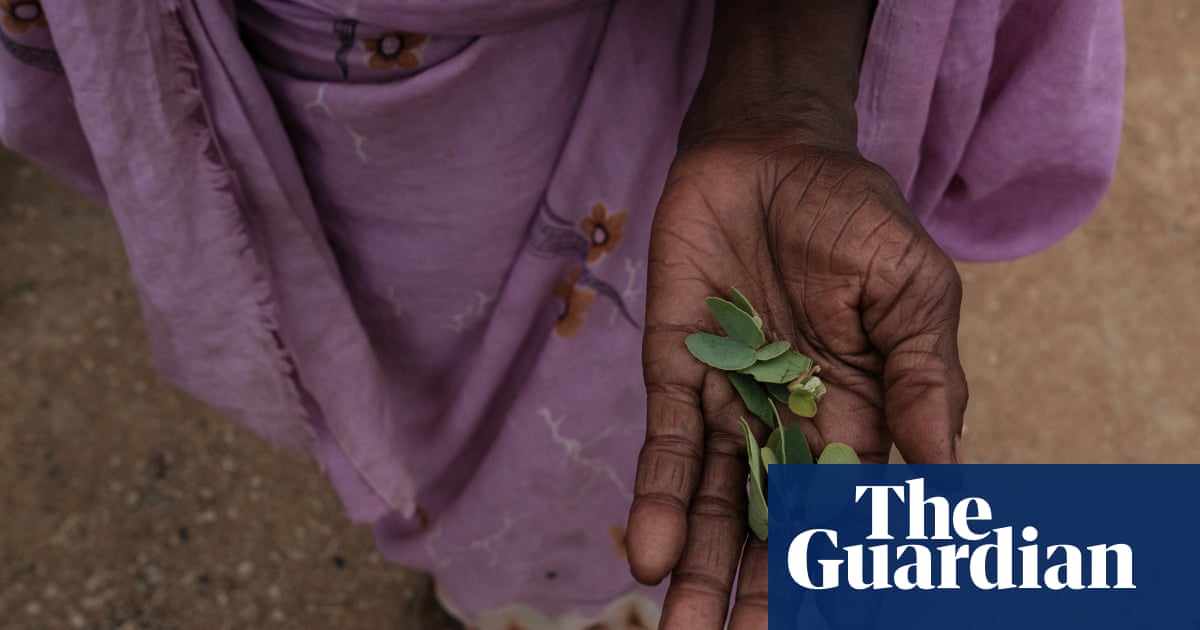Acute food insecurity continues to rise at an alarming rate, with almost 300 million people at risk of death through starvation, new analysis reveals.
Escalating conflict and cuts to humanitarian aid along with climate and economic shocks forced an additional 13.7 million people into chronic food insecurity last year.
It is the sixth consecutive year that the number of people facing “high levels of acute food insecurity” has risen, reaching 295.3 million according to the latestGlobal Report on Food Crises (GRFC).
The figure represents almost a quarter – 22.6% – of the population of 53 countries analysed by GRFC experts.
“Intensifying conflict, increasing geopolitical tensions, global economic uncertainty and profound funding cuts are deepening acute food insecurity,” the report said.
People facing the most chronic lack of food – ascategorisedby the UN-backedIntegrated Food Security Phase Classification (IPC)– more than doubled last year.
More than 95% of them lived in the Gaza Strip orSudan, although Haiti, Mali and South Sudan had significant populations suffering similar food shortages.
The category – described as “catastrophe” by the IPC – is characterised by starvation, death, destitution and high rates of acute malnutrition.
In Sudan, the worsening civil war led tofamine being officially declaredwith more than 24 million facing acute food insecurity.
Conditions also deteriorated within the Gaza Strip, with experts last yearstating that half the populationwas projected to be suffering the IPC’s “catastrophe” scenario.
“Following the closure of all crossings into theGazaStrip in early March, and the collapse of the two-month ceasefire, food access has been severely restricted,” the report said.
The warnings were corroborated on Monday when thelatest reportby the IPC said Gaza’s population of about 2.1 million Palestinians was at “critical risk” of famine as theIsraeli blockadeon humanitarian aid continued.
The GRFC experts identified worsening food security in 19 countries, largely fuelled by conflicts such as in Myanmar, Nigeria and theDemocratic Republic of the Congo.
Such insecurity was, they said, aggravated by the climate crisis with worsening drought conditions expected in parts of Ethiopia, Kenya and Somalia as well as Afghanistan and Pakistan.
The abrupt termination of funding this year,particularly USAID, has also dismantled nutrition services to more than 14 million children in states such as Sudan, Yemen and Haiti, leaving them vulnerable to severe malnutrition and death.
Even before the funding cuts, nutrition crises were detected in almost half the 53 countries examined in the GRFC report.
